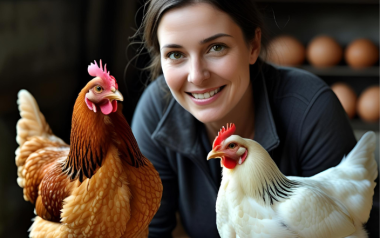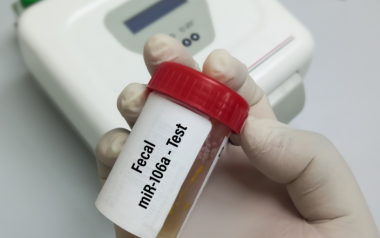Sources: Available upon request.
15 Oct 2024
Poultry research collaboration between UK and China is set to grow
In recent years, the collaboration between UK and China in the field of poultry research has seen significant advancements. This partnership aims to address the challenges faced by the poultry industry, which is a crucial component of global food security and a significant source of protein for billions of people.
In recent years, the collaboration between Britain and China in the field of poultry research has seen significant advancements. This partnership aims to address the challenges faced by the poultry industry, which is a crucial component of global food security and a significant source of protein for billions of people.
One of the key initiatives in this collaboration is the establishment of the UK-China Centre of Excellence for Research on Avian Diseases (CERAD) in 2015. This virtual research institute brings together leading scientists from The Pirbright Institute in the UK and several academic institutions across China, including the Shandong Binzhou Animal Science and Veterinary Medicine Academy. The primary focus of CERAD is to tackle avian diseases that pose a threat to the poultry industry in both countries.
The collaboration has been fruitful, leading to numerous scientific publications, the development of vaccines and diagnostic tests, and the organization of international meetings and training programs for students and post-doctoral scientists. The recent agreement signed at The Pirbright Institute further strengthens this partnership by developing a five-year program of joint research. This program will leverage emerging technologies such as genomics, artificial intelligence, and single-cell biology to improve animal health capabilities.
Professor Bryan Charleston, Director of The Pirbright Institute, emphasized the importance of this agreement, stating that it brings together Pirbright, Shandong, and ten other Chinese academic institutions. This expanded cooperation covers major poultry production areas in China, which is vital for comprehensively promoting the research and control of poultry diseases in both countries. Professor Bing Zhang, Director of the Shandong Animal Science and Veterinary Medicine Academy, highlighted that this successful cooperation model will lay a solid foundation for promoting the international layout and global development of avian disease prevention and control.
The UK-China partnership in avian disease research serves as a model for international collaboration in addressing global health challenges. The joint efforts have not only enhanced scientific knowledge but also facilitated capacity building and knowledge transfer through exchange visits, training programs, and scientific conferences. The collaboration has also welcomed new members, such as the South China Agricultural University, Guangzhou, further expanding its reach and impact.
In conclusion, the strengthening of poultry research collaboration between Britain and China is a testament to the power of international cooperation in tackling global challenges. By combining their expertise and resources, both countries are making significant strides in improving the health and productivity of the poultry industry, ultimately contributing to global food security and economic development.









































